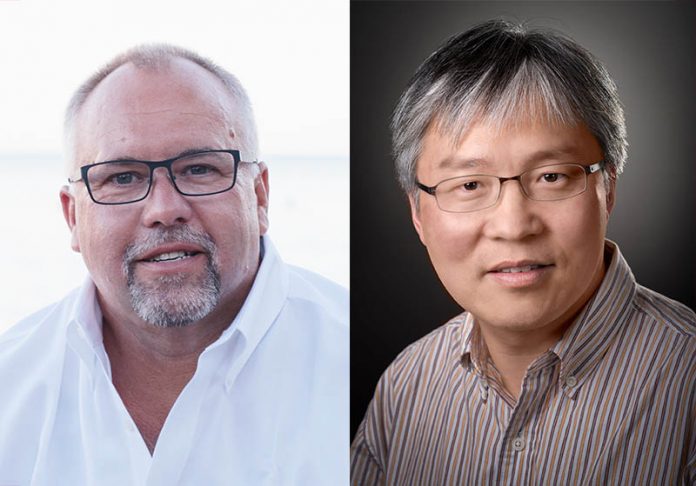With 2020 being a severely limited travel year, we were unable to attend OCP China Day 2020 as we had planned at the beginning of the year. We know that OCP is growing in China so we wanted to see the evolution in the massive market. Instead of physically joining this year and doing our normal trade show floor coverage, we are instead doing a joint interview with Bill Carter, CTO of the OCP Foundation, and Shen Rong who is the GM of Inspur’s server business. Inspur has been very involved with OCP China Day, including helping organize the event which we covered in our OCP China Day 2019 interview. Given the limited travel, we decided to try the same format this year.
OCP China Day 2020 Interview with Bill Carter and Shen Rong
In our interview, I wanted to organize the questions around three main topics. First, I wanted to have some introductory questions. Second, I wanted to focus on OCP in China market adoption. Last, I wanted to discuss OCP hardware and software projects and products. As a result, our interview is organized into these three subsections.
Introduction
Patrick Kennedy (PK): Can you tell our readers about yourself and how you got involved in OCP China 2020?
Bill Carter (BC): This is Bill Carter, the CTO for the OCP Foundation. I have been involved with OCP for about 8 or 9 yrs, originally working with the open-source project as an Intel engineer and later as an employee of the foundation. While working for Intel, I was involved with the China hyperscalers who also created the ODCC organization and stayed connected with these companies when I transitioned to the foundation. We have been collaborating with ODCC since 2018 and this is our second year of having a dedicated event in China.
Shen Rong (SR): I am Shen Rong, general manager of the server product line at Inspur, and I have been with the company for a year. As a staunch advocate for open computing, Inspur is a joint member of three open computing communities in the world: OCP, ODDC, and OPEN19. I’ve had the honor of participating on behalf of Inspur in exchanges and collaborations with the OCP and ODCC communities. I have also engaged in steering the deployment of open computing in emerging Internet companies and financial companies. With these efforts, I believe that open computing will be the future of data centers, as the former can better resolve the challenges faced by the latter.
PK: What is new in OCP China Day 2020?
BC:We have many more companies involved this past year and the China companies have been contributing to the OCP projects for more than a year now. During the last event, we encouraged companies to get involved. This year we are able to report on the various work streams (e.g. SONiC, Open Accelerator Infrastructure, open EDGE, etc.) and various specifications and products that have come from those workstreams.
SR:OCP China Day 2020 is not only limited to community partners but also attracts end-users in traditional industries. The theme of OCP China Day 2020 is “Connect, Collaborate and Accelerate”, which shows how the open computing ecosystem is further formed in China.
- “Connect” focuses on creating a robust and comprehensive ecosystem. Open computing is a collaborative new industry model, which is driven by both the industry and users, not only by technology. This helps create green and efficient data centers.
- “Collaborate” focuses on collaborative technical innovation within the entire ecosystem. So far, a comprehensive data center ecosystem has been established in China based on open computing. This ecosystem combines IT providers in fields such as IC, component, system, and OS, as well as world-leading Internet service providers.
- “Accelerate” focuses on application. Open computing is a next-generation innovation technology, which can accelerate the implementation of cutting-edge applications and technologies such as 5G, AI, and edge computing. Open computing is gradually transitioning from CSP to traditional enterprise data centers.
PK: Is the format different this year versus last year?
BC: All of our annual events follow a similar format that utilizes keynotes and engineering workshops. Because we have so much evolvement from China, the content is being delivered in Mandarin and most of the presenters are from China companies.
SR: OCP China Day 2020 is intended to increase interactions between the community and end-users. The topics focus on the development and application of open computing technology in data centers, as well as the innovation and application of AI, 5G, and edge computing technologies. The audience can select sub-forums they are interested in. With OCP China Day 2020, we hope to help implement open computing in China.
OCP in China Market Adoption
PK: How has the OCP market in China developed in the past year?
BC:The market for product designs following the OCP specifications is still limited to the largest hyper-scale companies and provided by Inspur and other vendors. Similar to the way the market matured in the US and Europe, we are starting to see interest from China’s solution providers. These solution providers are critical to the supply chain that enables enterprise companies to consume vanity-free, open hardware. Today, adoption is still limited to hyperscalers and telecom, but I believe the China market will evolve in a similar fashion as the US.
SR:Open computing has attracted much attention in China in the past year. As we all know, China is the second-largest Internet market. With wide application in hyperscale data centers, many users in traditional industries start to pay attention to, work on, and deploy open computing. In the finance industry, for example, a large-size bank and a provincial agricultural credit bank in China selected to deploy Inspur’s servers and manage their data centers based on open computing; in the communication industry, China Mobile and China Telecom selected Inspur’s edge computing servers based on open computing to meet their application requirements for cloud-edge collaboration and integration.
PK: Are there any new large participants in OCP China 2020 that were not involved in 2019? Why did they join this year?
SR: End-users and new partners from industrial chains took part in the summit of this year for the first time, including BGP Inc. (oil and gas), China Mobile (mobile carrier), Enflame (AI computing provider), Centec (network IC and device provider), and Chaoyora (infrastructure developer). Among them, Chaoyora has established the first OCP-ready data center in China.
As the most influential open computing summit, OCP China Day has attracted an increasing number of industrial partners and users this year. This summit gathered over 3,000 leading enterprises including Intel, NVIDIA, Facebook, MS, Baidu, Alibaba, and Tencent, as well as over 500 users and partners, representing the breadth of the open computing ecosystem in China.
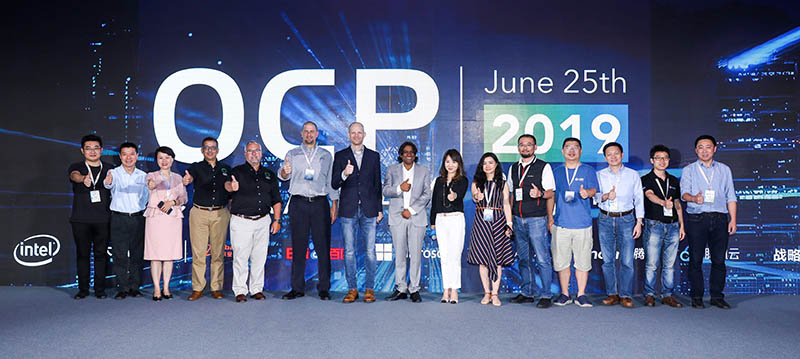
PK: Are you seeing a difference in who and why people are interested in OCP in China versus other markets?
BC:The technology challenges of scaling compute, networking, and storage are the same around the globe. Data center facilities tend to be slightly different due to environmental differences, but the workloads are common. Shared designs and collaboration are necessary to keep up with the demand. The community in China continues to grow in size (numbers of engineers) and stature (engineering involvement) even though we faced political uncertainty and travel restrictions. As an organization, we are making changes so our collaboration tools and more accessible and we are adjusting meeting times to reflect global participation.
SR:China has a huge data center market and Chinese users expect IT technologies to continue to grow. In China, more traditional enterprises are beginning to pay attention to and use open computing. Open computing can integrate and apply emerging technologies such as AI, IoT, and 5G. Therefore, we believe open computing will be more widely adopted in China.
With a robust ecosystem and new industrial model, enterprises and users can participate in, contribute to, and benefit from new technologies and applications, which boosts the speed and efficiency of industrial innovation.
OCP Hardware and Software Project Focus
PK: The OCP NIC 3.0 form factor is extremely successful and Inspur has adopted it on many of their designs. Is there another project that will follow that model and become an industry-standard outside of traditional Open Compute racks?
BC:All of the OCP specifications and technologies being enabled can be independently used and adopted. The outbound licenses assure that adoption is unrestricted. We don’t want to limit adoption in any way. The NIC specification was co-authored by a dozen companies and implemented in both OCP and non-OCP products. This is a great testament that the team did an outstanding job authoring the spec.
Our goal is to collaborate to develop the best products and technology needed for cloud computing. Cloud computing has moved towards the edge, and we are moving (and leading) this transition with edge optimized hardware. OCP would like to be the hardware platform of choice for edge applications and we believe our EDGE project will have the same impact as the OCP NIC 3.0 spec.
SR:Many network vendors use OCP NIC 3.0 as a PCIe standard since it features the following advantages:
- Supports a higher speed, PCIe 4.0.
- Supports board-to-board connection, which can reduce signal length and improve the SI performance of signals.
- Supports easy maintenance, online maintenance of I/O.
Open-source communities like OCP can develop many widely-used designs and products such as OCP NIC 3.0. As core components consume higher power, 48V DC power and liquid cooling have been commonly recognized by the community. Inspur hopes they will be widely used in the industry.
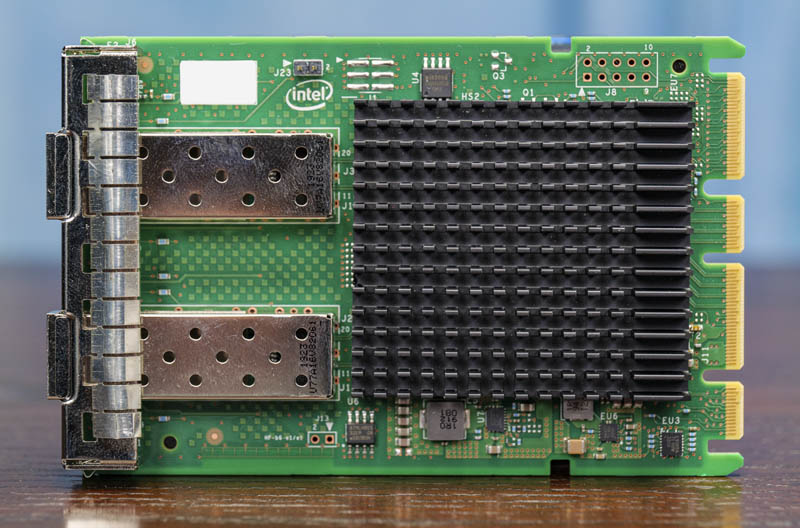
PK: How is OAM adoption in 2020 compared to last year? Is this something we expect to see more of in 2021?
BC:The team achieved their stated goal to create a silicon agnostic accelerator module. As we entered 2020 and silicon roadmaps fluctuated and changed, this goal became critical to keeping the project moving forward. The project actually changed its name to Open Accelerator Infrastructure (OAI) and addressed packaging, thermals, power delivery, and defined a common baseboard to host the OAM modules. All these workstreams address common challenges regardless of the silicon, module provider, or workloads. I believe the team has 9 workstreams today and I don’t think that we need to add more. The problem we do see is that workload bottlenecks exist in AI and ML workloads. To design out the bottlenecks, we need a multi-disciplinary team of hardware engineers, software and OS engineers, and algorithm experts. We will be taking steps to build a multi-disciplinary team of collaborators.
SR:OAM specifications enable manufacturers to unify the AI hardware accelerator and system design. This way, the manufacturers can pay more attention to designing proper AI chip architecture and optimizing application algorithms based on different AI loads, so as to improve the compatibility of AI acceleration chips and shorten the time to market.
In 2020, as a key system solution provider in the OAI community, Inspur actively adapts to the integrated solutions from OAM solution providers around the world, including Intel Habana, Enflame, and Cambricon. Based on Inspur’s 21-inch OAM system, other OAM manufacturers can quickly design logic and functions, test the quality of interconnection signals, tune the performance of the OAM systems, and optimize their algorithms.
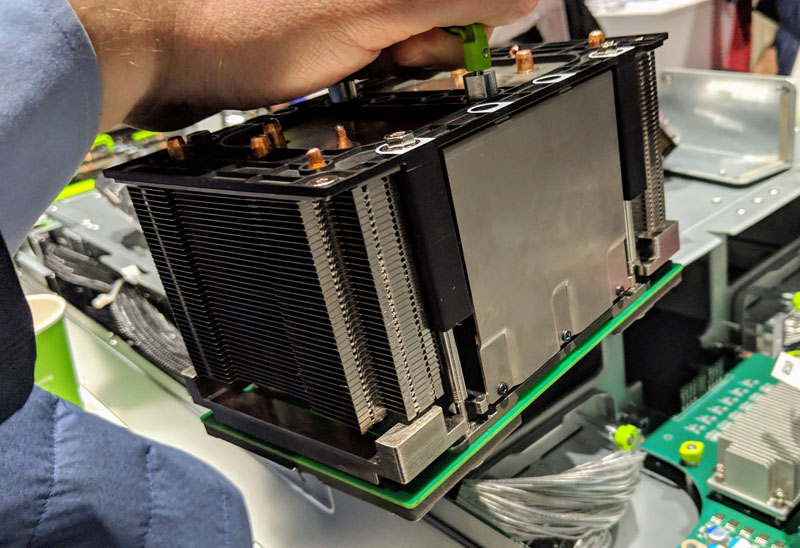
PK: Are there any big changes that we can look forward to for OCP storage in 2021? As an example, Facebook has been contributing designs with EDSFF SSDs.
SR: Inspur and Samsung jointly developed an open all-flash storage resource pooling solution, which will enter the market in 2021. This solution uses EDSFF 1U Short and is designed for high-density and high-performance servers and data centers. It can accommodate two rows of flash horizontally, provides larger capacities, supports hot-swap, and meets the requirements for low power and better heat dissipation. In addition, the product can dynamically enable all-flash storage resource pooling through NVMe-oF while providing optimal local high-performance storage. It improves overall IO performance by nearly 2.6 times while reducing latency by 52%, making it ideal for databases, analytics, security applications (such as facial recognition), and transaction processing.
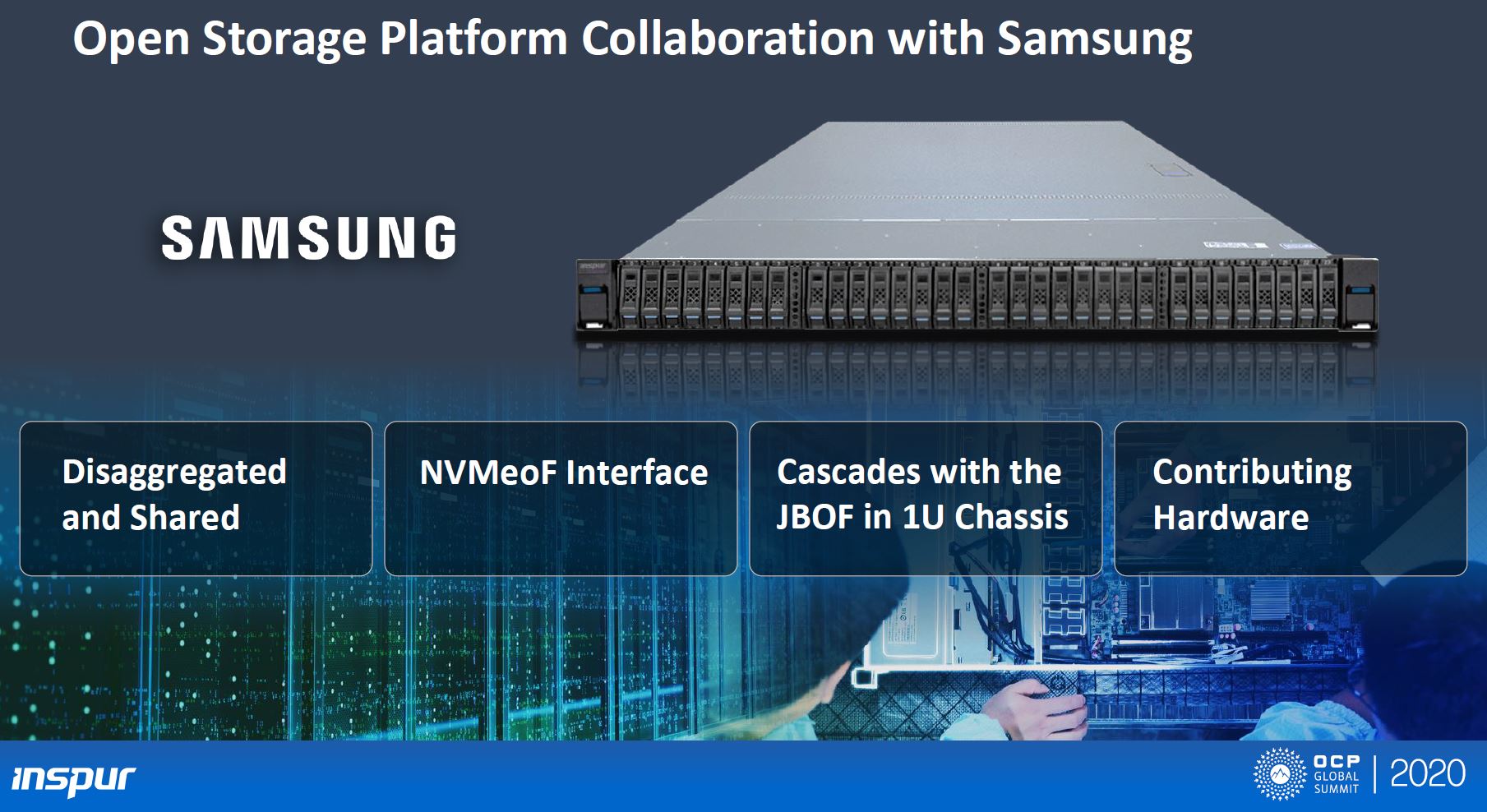
PK: Looking to the edge, are there developments in the last year focused on 5G and edge analytics within OCP and the industry?
BC:We launched the open EDGE project in 2019 with the base architectural contribution coming from Nokia. That architecture is ideal for 5G and many other edge workloads. The number of interchangeable sleds and enclosures have grown and there are new sled options on the horizon. The openEDGE platform was recently shown to work as the (O-RAN Distributed Unit) and an O-CU (O-RAN Central Unit) in the RAN architecture. The OCP edge platform will leverage open source FW and security from those OCP projects. We believe that the OCP edge architecture and supporting products is the best hardware in the industry.
SR:5G and edge are key directions for future data center development. Inspur has released NE5260M5, the first edge server that complies with open computing standards. In the future, Inspur will develop a series of application-optimized edge servers to meet the collaborative development of edge to Cloud, and actively contribute to the open computing community such as OpenEdge Project.
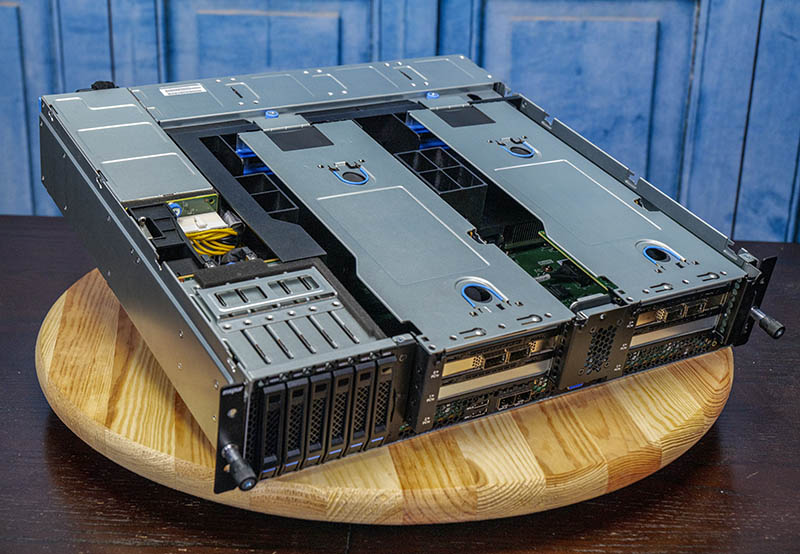
PK: How do you see the big shift to PCIe Gen4 in 2021 changing the industry and the servers that we have?
BC:The NIC3.0 specification uses PCIe gen4. The success of that specification and the need for more bandwidth will create tremendous demand. As Intel, AMD, ARM, and Ampere Computing launch new reference designs, we should see widespread adoption of the OCP NIC 3.0 interface and thereby PCIe gen4.
SR:All industries have increasing requirements for computing, including requirements for I/O performance. Many computing platforms in the industry are beginning to support PCIe Gen4. PCIe Gen4 is an I/O protocol, which is used to support heterogeneous accelerators and 100G+ high-speed communication networks.
In terms of heterogeneous acceleration, PCIe Gen4 is also supported by Inspur’s GPU servers. However, heterogeneous acceleration accounts for only a small part of the entire IT industry and server industry, while high-speed networking is needed by all industries. Inspur believes that high-speed network development will ramp up with the increasing requirements for I/O speed, which will promote wide application of PCIe Gen4.
With the development of open computing, open-standard modules will not be limited to computing but will be deeply integrated into network and heterogeneous acceleration. So far, Inspur supports PCIe Gen4 in OAI and OCP NIC3.0.
PK: Looking ahead to CXL 1.1 and CXL 2.0, can you give our readers some of the opportunities and changes you are most excited about in the data center?
SR: CXL can provide consistent caching and contribute to the memory of I/O devices, thereby reducing the overhead and delay of data transfers. For connections with GPU and accelerators, CXL can improve the efficiency of collaboration with CPU.
Currently, while resource pooling of I/O devices and hardware is easily achieved, resource pooling of memory remains very challenging. CXL supports shared memory, which enables memory resource pooling, and memory resource pooling supports dynamic allocation of memory space and improves the utilization efficiency of memory.
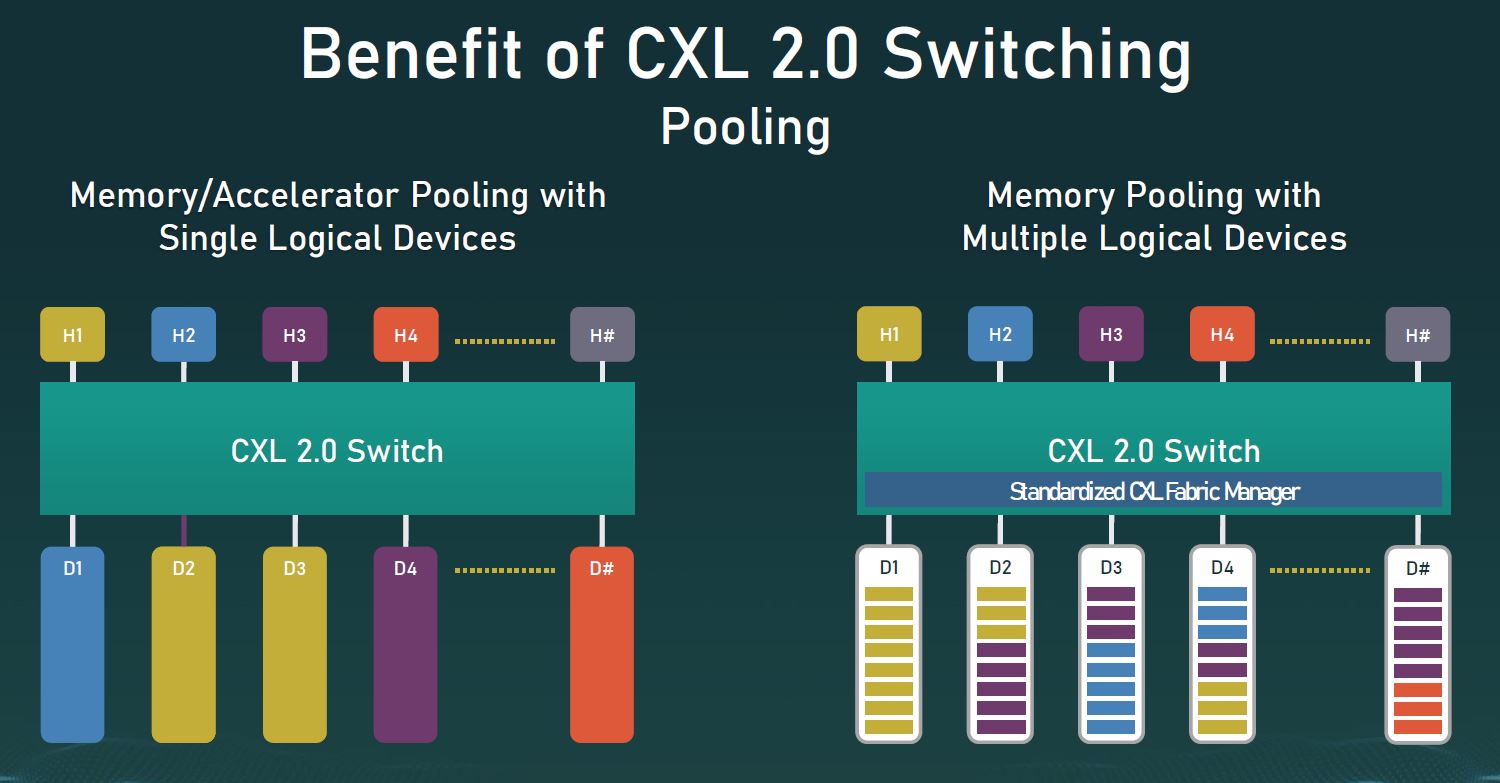
PK: What is the hottest project at OCP these days? (If not covered above)
SR:Projects in cooling, like ACS (advanced cooling), and security are very popular.
When CPU power consumption increases, data centers all over the world are deployed more densely and demanding higher requirements for PUE. In this context, ACS is poised to become the global mainstream.
Data center focus on data and data security is essential, to support the varying requirements for data security across different global regions. BMC and security modules are under early-stage discussion, which will also be a focus of Inspur in the future.
BC:In years past, I could have picked one or two projects, but not the case today. There is high interest in the OAI project and workstreams. The DCF project has many new sub-projects now to address advanced cooling and scale-out. We just launched a Time Appliance Project with tremendous involvement. The OSF project is headed toward a major milestone in March 2021 where platforms will be expected to support open-source initialization firmware. The security project is releasing 4 new specifications this month. The EDGE project is intercepting deployment at many telecom operators and is integral to solutions under development in ONF and TIP. SONiC is being adopted outside of hyperscalers.
Honestly, we have dozens of shining stars this year. It will be great to get back to FTF meetings so we can meet everyone in person.
Final Words
Thank you to Bill Carter from the OCP Foundation as well as Shen Rong from Inspur for taking the time to answer my questions. OCP is becoming influential in more than just the 21″ rackmount market and will impact almost every large mainstream server in the next two years. Discussions like these help our readers understand how OCP is developing in the global market.
For our readers, you will have noticed over the past 3.5-4 years we have been ramping up our OCP coverage. 2020 has presented a particular challenge due to travel restrictions. Expect much more from STH in this area in the coming years.

